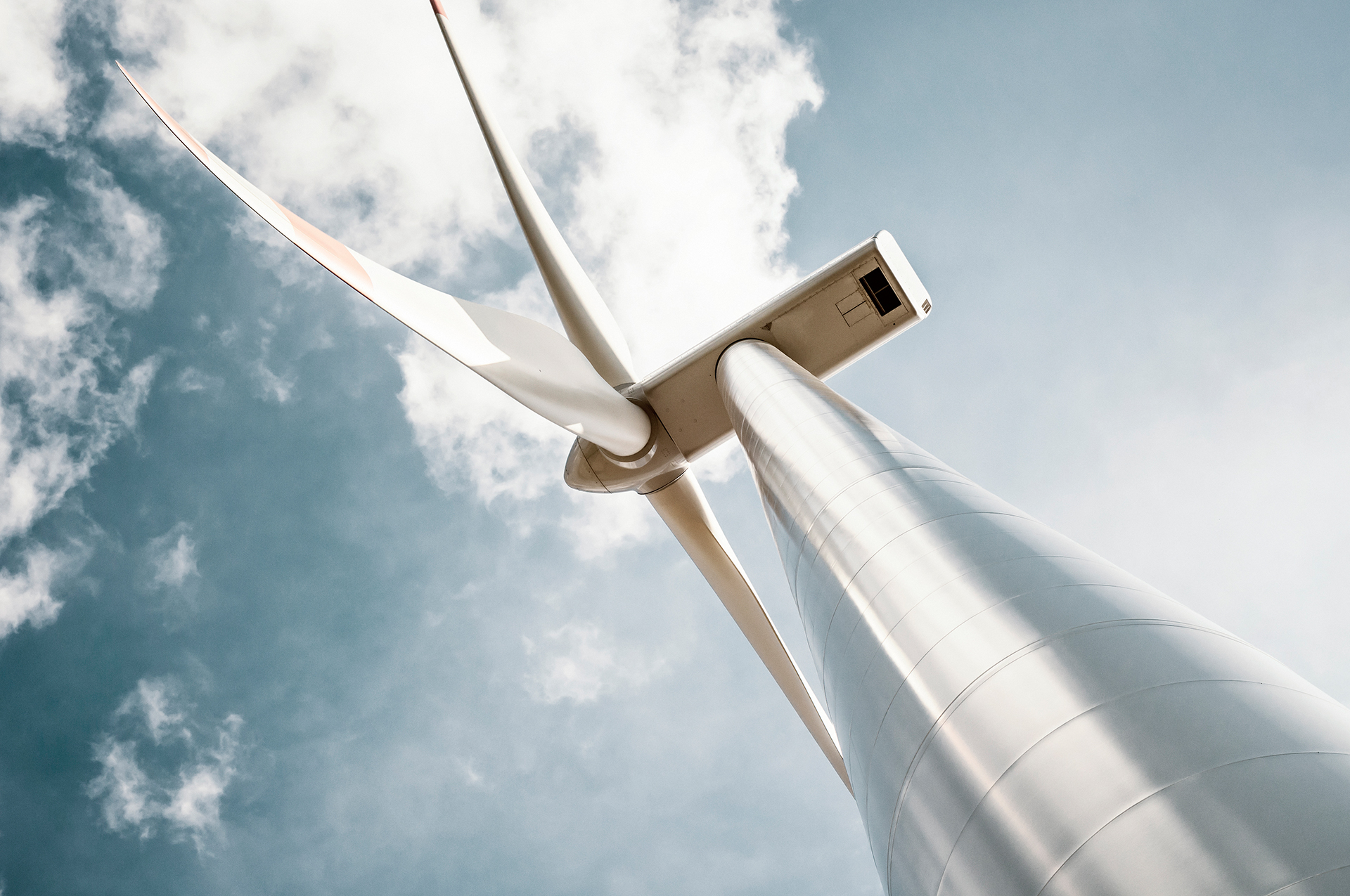Balancing the energy system

In the course of the transition to a sustainable energy economy, Germany’s coal-fired and nuclear power plants will be removed from the grid. Instead, renewable sources of energy such as wind and solar will be expected to take up the slack. The problem is that the power generated from wind and solar energy fluctuates significantly. At present, base-load power facilities such as coal-fired plants are operated in order to cover peaks in demand. Furthermore, wind parks are often located far away from consumers. Therefore, it is necessary either to transmit this power to centers of consumption via cable or to store it and then feed it into the energy system as required. Hydrogen technology is one way of doing this. Here, electricity generated from renewable sources is used to power a process of electrolysis, which splits water electrochemically into hydrogen and oxygen – a form in which this energy becomes storeable and transportable. The hydrogen produced in this way can then be converted back into electricity. This green hydrogen serves to increase the security of supply and grid resilience.